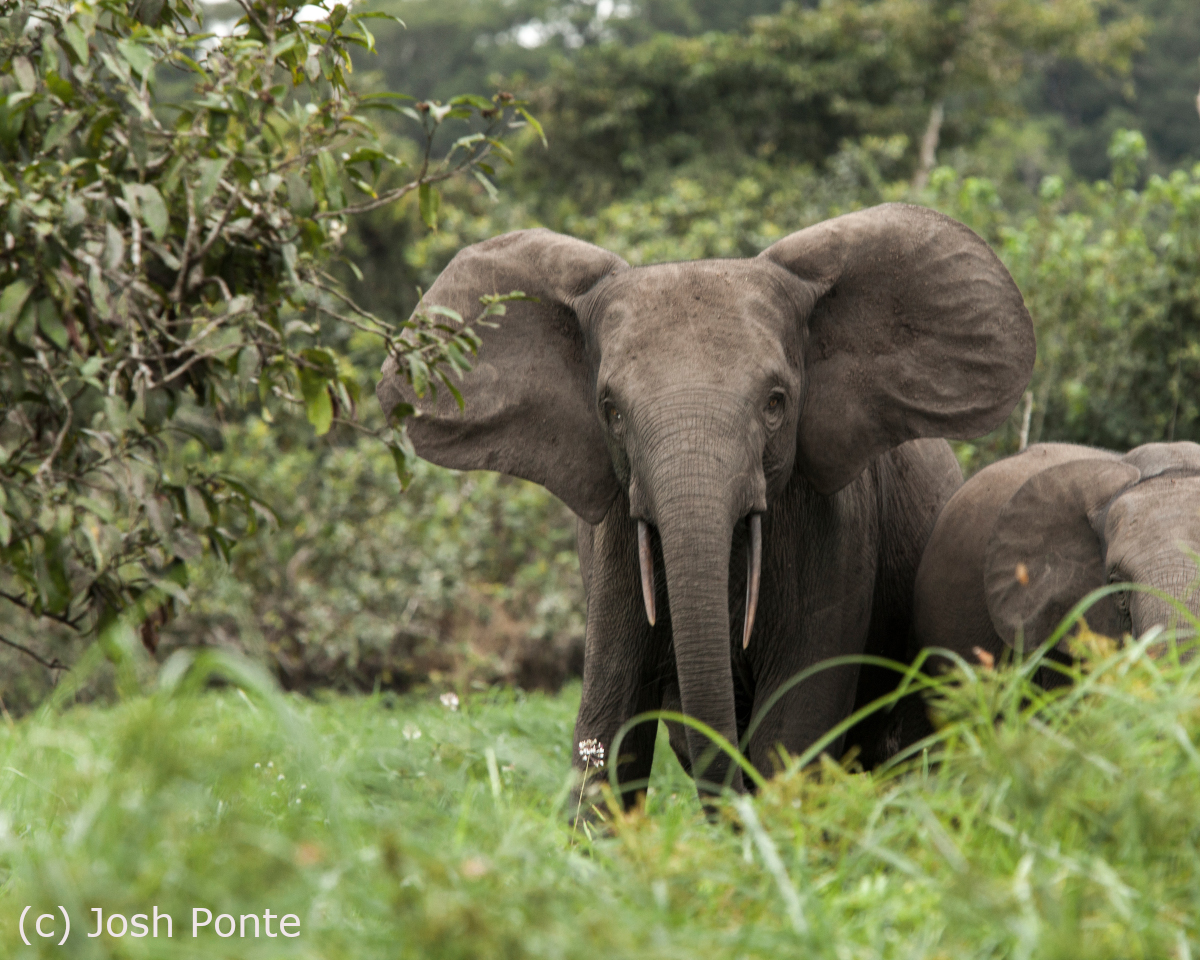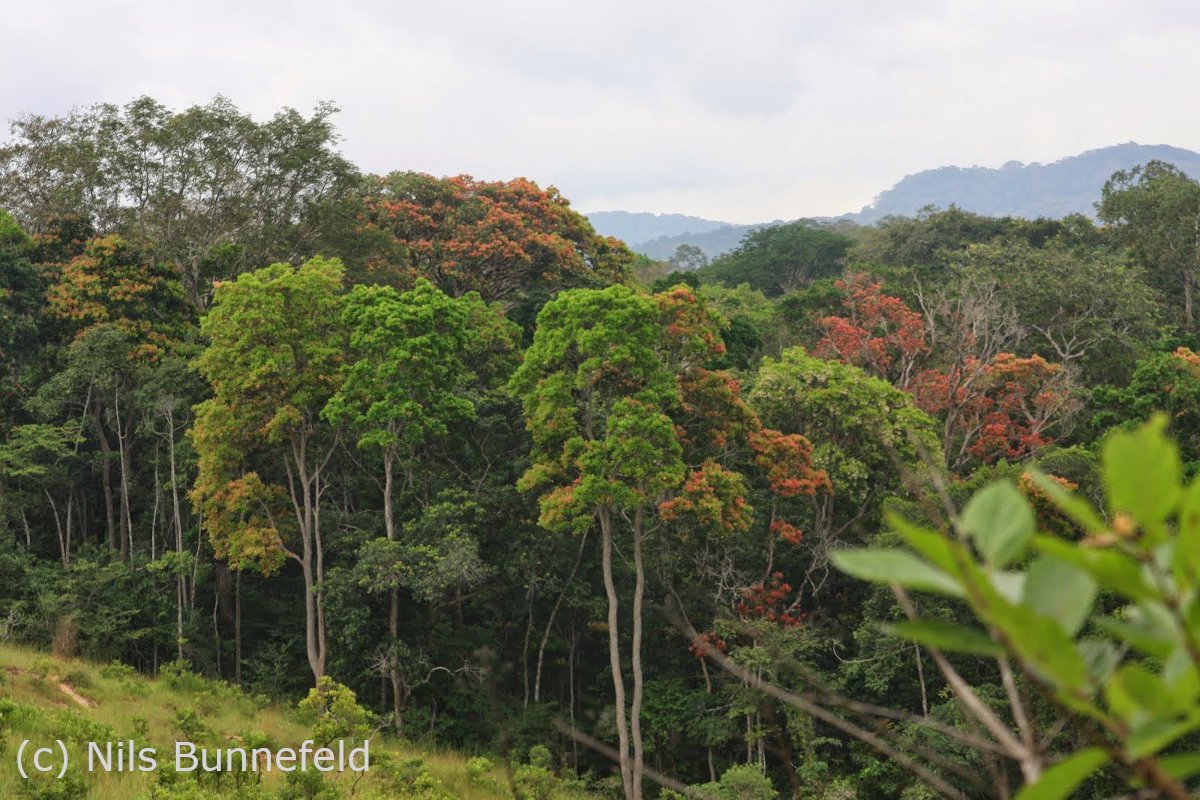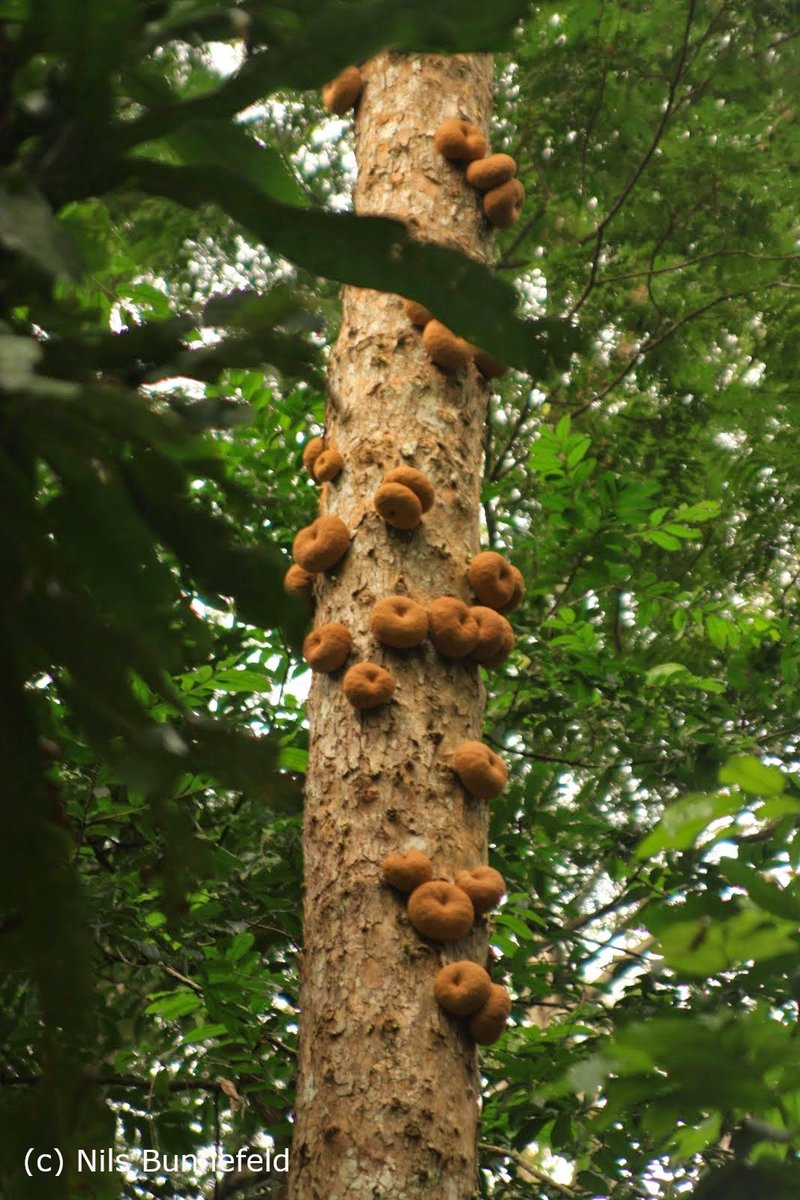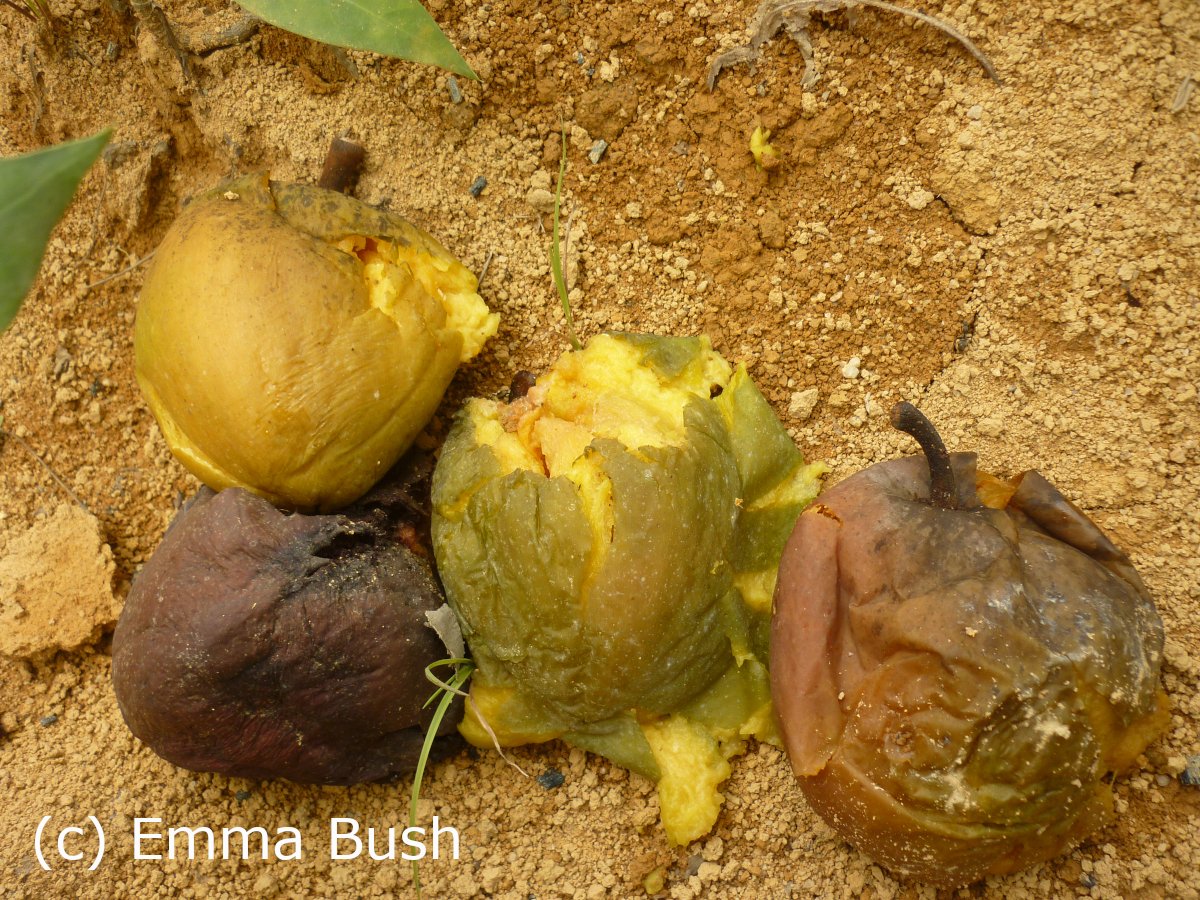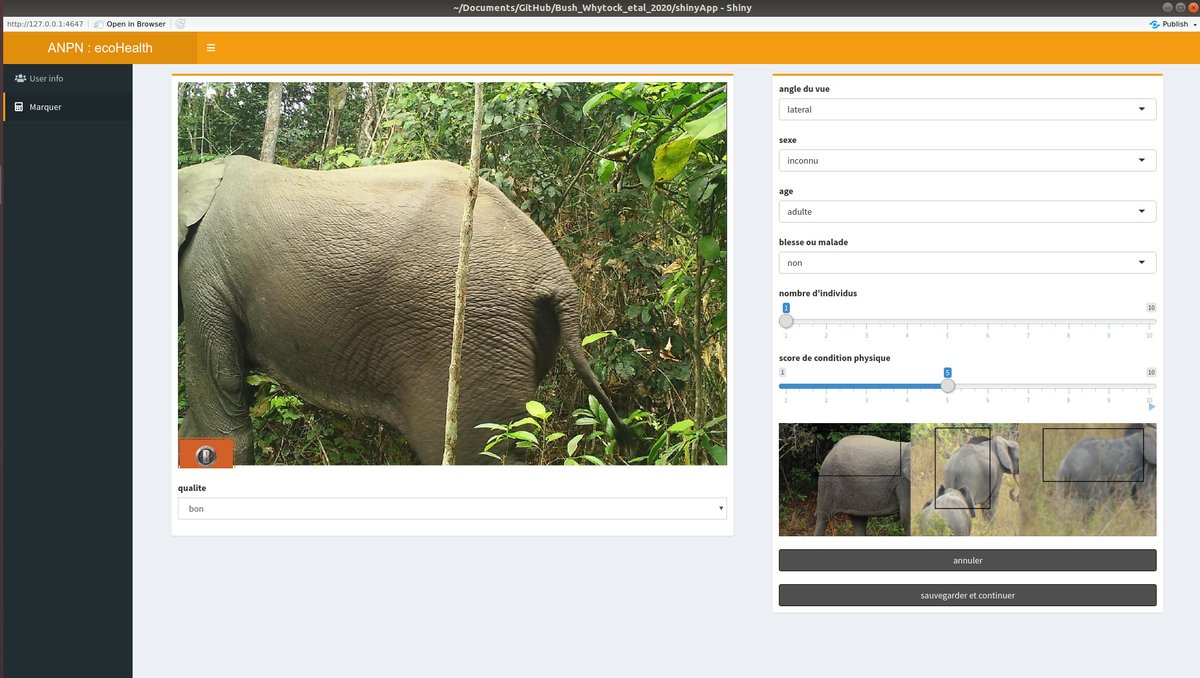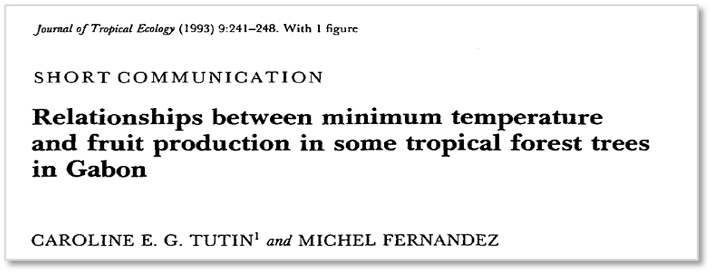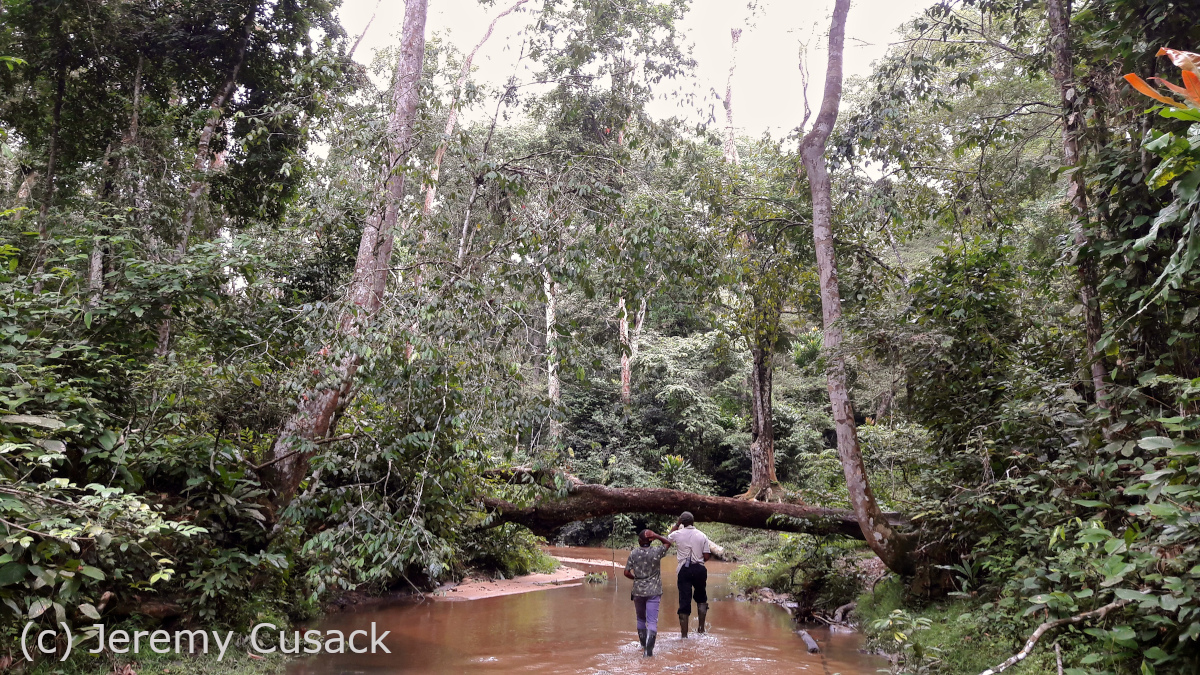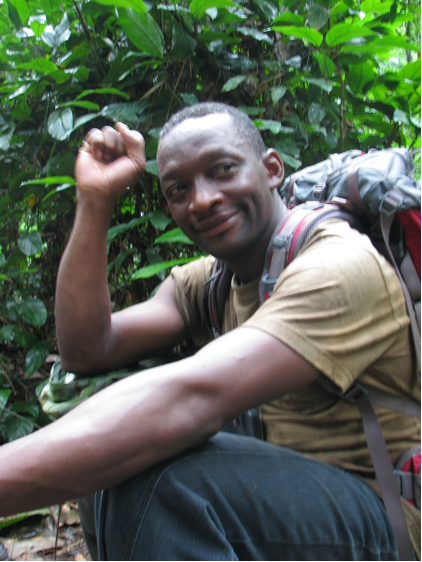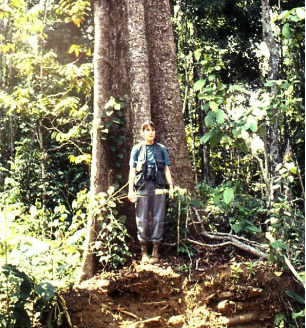Is climate change causing fruit famine in the rainforests of Central Africa?
..
Follow this thread to find out more about our new paper @ScienceMagazine - led by myself and @RWhytock with an incredible team of Gabonese, UK and int& #39;l researchers https://abs.twimg.com/emoji/v2/... draggable="false" alt="👇" title="Rückhand Zeigefinger nach unten" aria-label="Emoji: Rückhand Zeigefinger nach unten">
https://abs.twimg.com/emoji/v2/... draggable="false" alt="👇" title="Rückhand Zeigefinger nach unten" aria-label="Emoji: Rückhand Zeigefinger nach unten">
..
https://science.sciencemag.org/content/early/2020/09/23/science.abc7791/tab-article-info">https://science.sciencemag.org/content/e... 1/
..
Follow this thread to find out more about our new paper @ScienceMagazine - led by myself and @RWhytock with an incredible team of Gabonese, UK and int& #39;l researchers
..
https://science.sciencemag.org/content/early/2020/09/23/science.abc7791/tab-article-info">https://science.sciencemag.org/content/e... 1/
[SPOILER] Our research shows a massive multi-decadal collapse in fruit production within Lopé National Park - a rainforest in central Gabon - and a simultaneous decline in the physical condition of fruit-dependent forest elephants. 2/
Forest elephants already face severe pressures from hunting and habitat loss and are now confined to just 25% potential range ( https://dx.plos.org/10.1371/journal.pone.0059469).">https://dx.plos.org/10.1371/j... We set out to assess the health of one of their remaining safe havens over a 32-year period of rapid environmental change. 3/
Lopé National Park is a rich mosaic of savanna and forest ecosystems and is host to incredible wildlife: including forest elephants, chimpanzees and gorillas. Weather data show that the area has become warmer and drier since the 1980s ( https://peerj.com/articles/8732/ ).">https://peerj.com/articles/... 4/
Lopé hosts the longest record of flowering and fruiting for individual trees in the tropics (34 years, >70 species, >2000 trees). The dataset was established in the 1980s to monitor food resources for wildlife and includes many fruiting species important for forest elephants. 5/
We found that the probability of encountering ripe fruit at Lopé dropped by 81% between 1986 and 2018. This means that, on average, elephants and other animals would have found ripe fruit on one in every 10 trees in the 1980s, but need to search more than 50 trees today. 6/
But how has this collapse in fruit production impacted the wildlife? To find out, we collated a large photographic database of elephants dating back to 1997 (>80,000 images). Volunteers assessed the body condition of elephants in these images using a systematic scoring system. 7/
These scores show a 5% drop in physical condition of forest elephants at Lopé since 1997, and a more concerning 11% decline since 2008. Although biological mechanisms and consequences of declining body condition are unclear at this point, the effects are unlikely to be benign. 8/
Incredibly, the changes demonstrated in our paper were predicted by pioneer researcher Caroline Tutin in 1993 when she discovered that some Lopé tree species depend on a critical drop in temperature during the dry season to trigger flowering ( https://www.jstor.org/stable/2559296 ).">https://www.jstor.org/stable/25... 9/
We need to do more work to understand the direct link between climate and fruit but our data show large-scale changes underway in this forest. What will happen to seed dispersal, forest regeneration and the wildlife and people who depend on these forest resources? 10/
None of this would have been possible without the pioneering work + longterm commitment of Dr Caroline Tutin, Prof. Katharine Abernethy, @LeeWhiteCBE, botanists Edmond Dimoto and JT Dikangadissi, and all who have worked at the Lopé field station (SEGC) for over three decades. 11/
@StirUni @ForetmerGOUVGA @EuaxForets_GA @Parcs_Gabon @ECOFAC6 @TheBotanics @PantheraCats @AfricanPhenoNet @WCSGabon @TheWCS @ERC_Research @bunnefeld @LeeJTWHITE @LeeWhiteCBE @AnabelleCardoso @brice_roxan
And if you want to hear @RWhytock and I explaining this story in person - head to https://www.bbc.co.uk/sounds/play/w3cszh0x.">https://www.bbc.co.uk/sounds/pl... We start at 33 minutes in.

 Read on Twitter
Read on Twitter![[SPOILER] Our research shows a massive multi-decadal collapse in fruit production within Lopé National Park - a rainforest in central Gabon - and a simultaneous decline in the physical condition of fruit-dependent forest elephants. 2/ [SPOILER] Our research shows a massive multi-decadal collapse in fruit production within Lopé National Park - a rainforest in central Gabon - and a simultaneous decline in the physical condition of fruit-dependent forest elephants. 2/](https://pbs.twimg.com/media/Eiva8tFWsAAnRlI.jpg)
